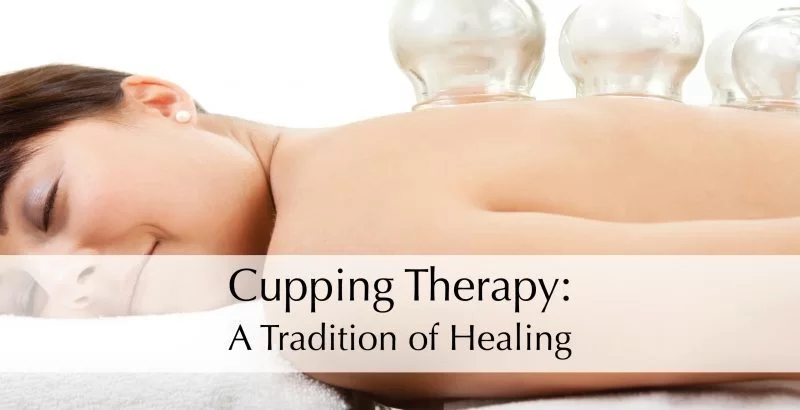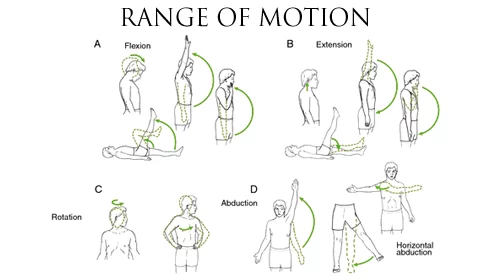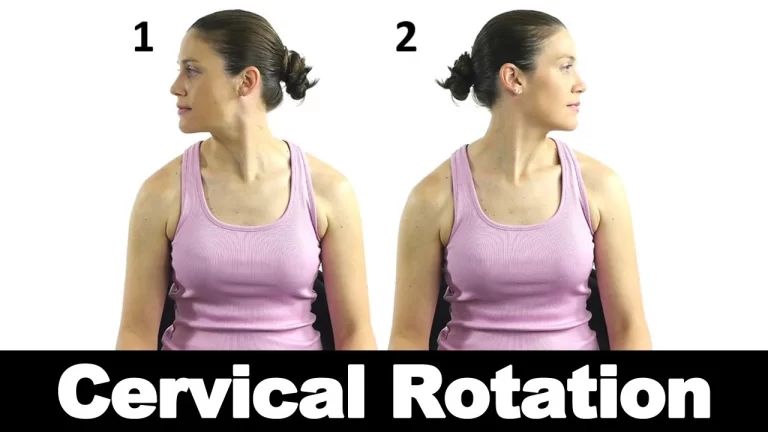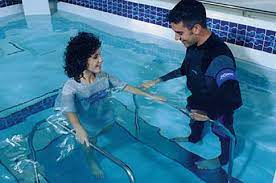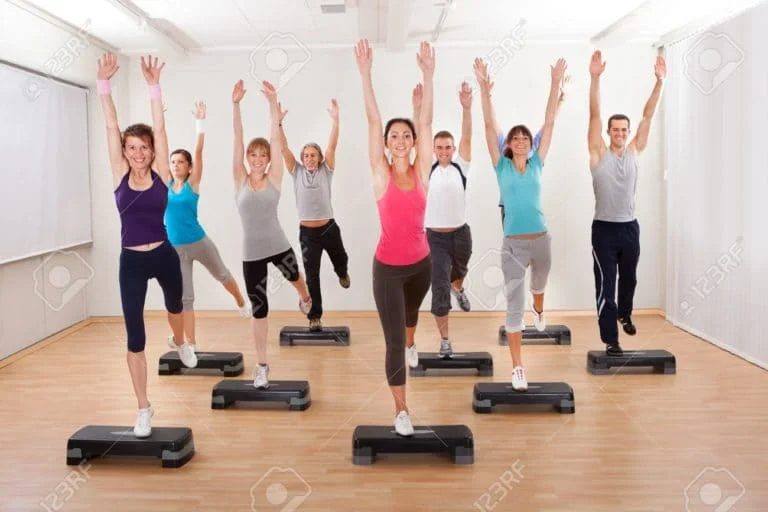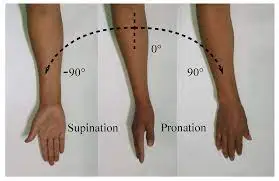Cupping Therapy
Table of Contents
What is a Cupping Therapy?
It’s one of the oldest and most effective methods of releasing toxins from the body’s tissue and organs. cupping therapy is also known as hijama cupping, vacuum cupping, horn treatment, etc.
It is a practice in which the therapist will put special cups on the skin to create suction. This causes the tissue under the cup to be drawn up and swell causing an increase in blood flow to the affected part. improve blood flow under the cups draws impurities and toxins away from the nearby tissues and organs toward the surface for elimination.
History
Cupping therapy is sometimes performed with acupuncture treatments. the best results, you may also want to fast or eat only light meals 2 to 3 hours before your cupping therapy session. During a cupping therapy treatment, you can expect the following: Your practitioner will ask you what symptoms you have been experiencing, likely taking a detailed health history if this is your first time visiting them. This practitioner will place cups on your skin.
You feel a sucking sensation and pressure as the cups are suctioned. The practitioner may use hot or suction alone to place the cups. Depending on the type of cupping therapy, the practitioner may leave you to break for a few minutes before they return to remove the cups. Your skin may turn red or show light bruising after your session. confirm with your practitioner which type of cupping they are going to use before you start treatment. This may involve dry, wet/bleeding, running, and facial cupping.
Definition
Cupping therapy is an ancient form of alternative medicine in which the therapist puts special cups on your skin for some minutes to create suction. People get it for many purposes including to help with pain, blood flow, inflammation, relaxation, and well-being, and as a type of deep-tissue massage.
Types of Cupping Therapy
There are different methods of cupping therapy, which includes:
- Dry cupping
- Wet cupping
- Oil cupping
- Flash cupping
- Dry cupping: The air inside a plastic and glass cup is suctioned and vacuumed out by placing the cup on the skin. In most cases, the cups we can use at rest or while moving.
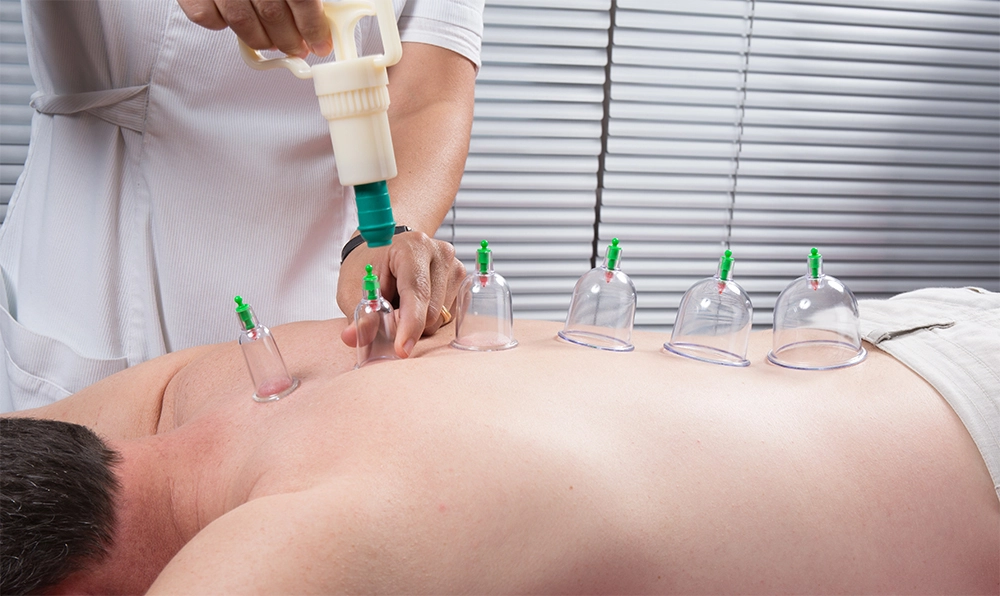
- Wet cupping / Hijama / Bleeding: Wet cupping creates a mild suction by leaving a cup in place for approx 3 minutes. The therapist then removes the cup and uses the small scalpel to make light, tiny cuts on the skin. Then, they will do second suction to draw out a small quantity of blood.
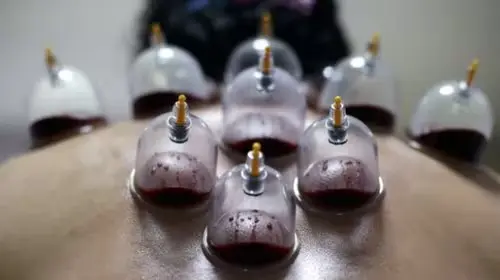
- Oil cupping / Sliding cupping: Oil cupping is a technique where massage oils are applied, cups are attached to the body, and then slide across an area.
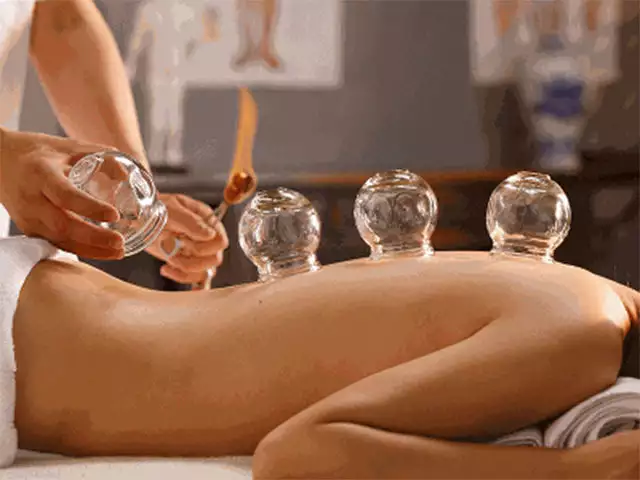
- Flash cupping / Empty cupping: Flash cupping involves quick repeated application of cups, with minimal retention. It will reduce local congestion.
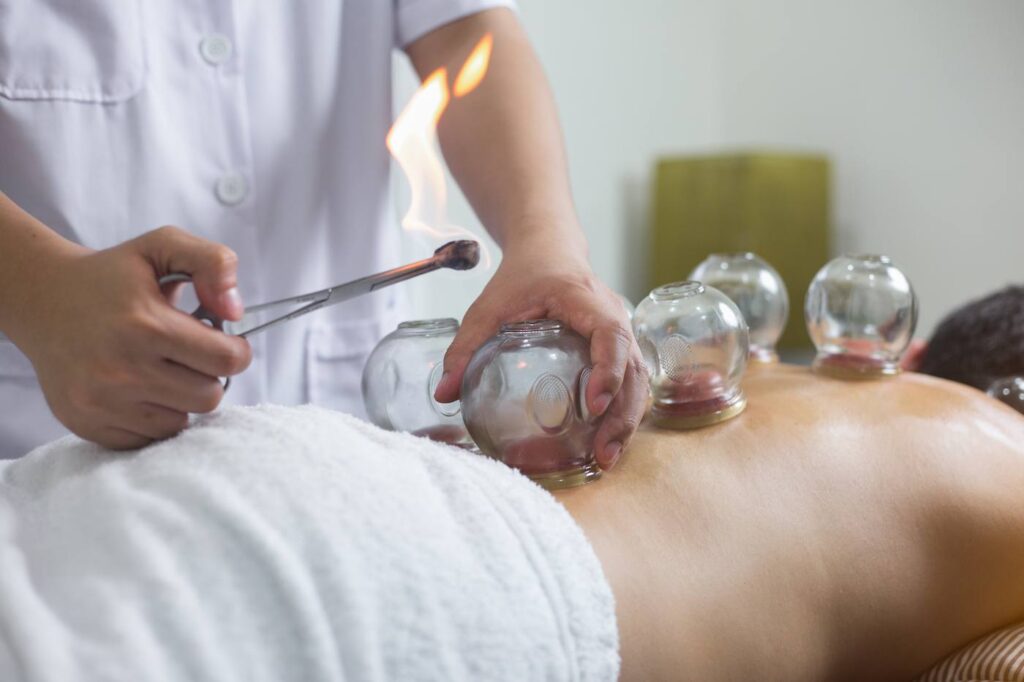
What you should expect during the cupping treatment?
Cupping therapy is sometimes performed with acupuncture treatments. For good results, you may also want to quick and eat
only light meals 2 or 3 hours before your cupping therapy session.
During the cupping therapy treatment, you can expect the following:
- The practitioner will ask you what symptoms you have been experiencing, likely taking a detailed health history if this is your first time visiting them
- The practitioner will cups place on your skin.
- You will feel a sucking sensation and pressure as the cups are suctioned.
- The practitioner can use heat or suction alone to place the cups.
- Depending on the types of cupping, the practitioner may leave you to rest for some minutes before they return to remove the cups.
- Your skin might turn red and show light bruising after your session
- Your skin might turn red and show light bruising after your session
Where will the practitioner the cups?
Cups are most often applied to the area like:
- Back
- Chest
- Abdomen
- Buttocks
- Legs
- Generally, the back is the commonest area for cups to be used. If you are receiving facial or cosmetic cupping, cups will be placed on your face.i
- indication of cupping therapy?
What condition can cup therapy treat?
- lower back pain
- neck or shoulder pain
- headache or migraine
- knee pain
- shingles
- facial paralysis
- cough and dyspnea
- acne
- lumbar disc herniation
- cervical spondylosis
- brachialgia to the pain produced by a trapped nerve in the neck
- carpal tunnel syndrome
- hypertension
- diabetes mellitus
- rheumatoid arthritis
- asthma
Indications of cupping therapy:
- Blood disorders such as anemia and hemophilia.
- Rheumatic diseases such as arthritis and fibromyalgia.
- Gynecological disorders.
- Skin problems: eczema and acne.
- High blood pressure.
- Migraines, Anxiety, and depression.
- Varicose veins
Side effects of cupping therapy:
- Cupping therapy is fairly safe, as long as you go to a trained health professional. But you could have these side effects in the parts where the cups touch your skin:
- Mild discomfort
- Burns
- Bruises
- Skin infection
- Scaring of the skin
- If the cups and equipment become contaminated with blood and are not sterilized correctly between patients, bloodborne conditions such as hepatitis B and C can be spread.
Benefits of cupping therapy:
- Cupping therapy helps to reduce pain and inflammation.
- Increase blood flow.
- Used for relaxation, well-being, and deep tissue massage.
- It is a safe, noninvasive, and inexpensive treatment
- Rejuvenation of body organs.
- Improve the healing process and improve your immunity.
Effects of cupping therapy:
- Skin: it Improves metabolism in the skin tissue, better functioning of sebaceous and sweat glands, improved healing, and improves skin resistance.
- Muscles: it Stimulates blood flow and lymphatic drainage.
- Joints: it Improves blood flow and secretion of the synovial fluid.
- Digestive system: Improves peristalsis and secretion of digestive fluids, better digestion, and excretion.
- Blood: Increase blood circulation, and improved the functioning of RBC and WBC.
- Nervous System: it Stimulates sensory nerves of the skin, and improves ANS.
The procedure of cupping therapy:
This Physiotherapist utilizes the rubber pump to create a vacuum and this causes the skin to rise. These blood vessels will expand and the user creates a massage effect. These sites are selected according to the treated ailments.
These cups are most commonly placed on areas with abundant muscles and the back is the most common site of the application, followed by the chest, abdomen, buttocks, and legs. Other areas, such as the face, and also be treated by cupping. According to research studies, it is recommended that cups should be on the skin for no more than 5 to 10 minutes. The residual marks left from cupping therapy disappear in 1-10 days.
Significance of cupping therapy:
Cupping therapy helps to increase the blood flow to sore areas in muscles. the provides necessary nutrients to the areas being treated and promotes healing.
Cupping therapy can provide pain relief and help ease the symptoms of many common conditions of the bones and muscles. It does do not this by exciting small nerves inside muscles so that they release pain-killing chemicals.
Cupping Therapy can be very relaxing and help to reduce muscular restrictions, scars, and adhesions, to decrease swelling, and improve range of motion.
Pre and post-procedure of cupping therapy:
- Proper counseling should be done to the patients about this procedure and about post-treatment marks or scars.
- Take consent if required of cupping.
- The surface should be cleaned and disinfected before cupping therapy.
- Use new sterile disposable needles or surgical blades and disposable cups for wet cupping therapy.
- Check for cracks, wounds, and raised local temperature.
- Check for sensitive skin of the body.
- After the procedure, apply moisturizer and antiseptic cream to prevent any possible infection.
- After hijama cupping therapy, the dressing must be done.
FAQ
Is cupping therapy better than acupuncture?Cupping has more advantages than acupuncture, such as a non-invasive therapy with relatively shorter treatment duration and potentially less treatment cost.
What doesn’t cupping therapy do?
Cupping is an ancient form of alternative medicine in which a therapist puts special cups on your skin for minutes to create suction. who get it for many purposes, including helping with pain, inflammation, blood flow, relaxation, and well-being, and this type of deep-tissue massage.
Does the cupping painful?
Cupping therapy, when performed by a licensed practitioner, is a completely safe treatment for many people. It is possible to experience slight discomfort during treatment, but cupping therapy should not be painful. You may notice improved fatigue or mild flu-like symptoms following your session.
Can cupping therapy be harmful?
Cupping therapy can cause side effects such as persistent skin discoloration, scars, burns, and infections, and may worsen eczema or psoriasis. rare cases of severe side effects have been reported, such as bleeding inside the skull (after cupping therapy on the scalp) and anemia from blood loss (after repeated wet cupping therapy).
What cupping is worth doing?
This type of treatment is widely used among athletes and one of the reasons it has become so popular, anyone can benefit from cupping therapy Since cupping can be used to treat a variety of musculoskeletal injuries, areas of pain, and general muscle recovery, most people can benefit from this type of treatment.

